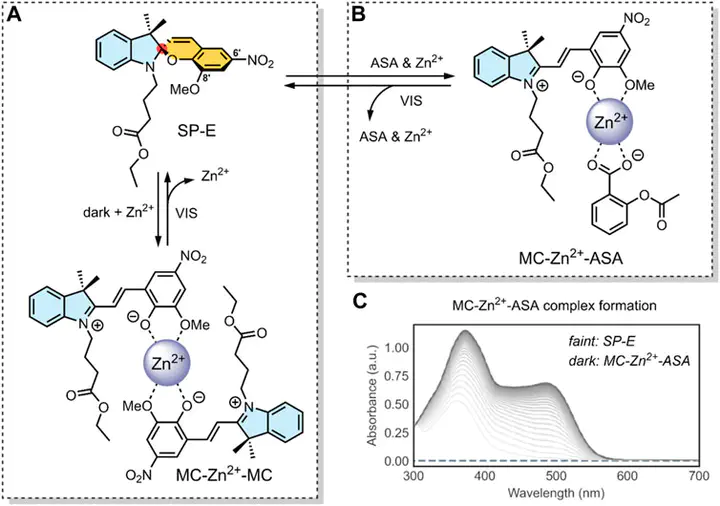
Abstract
Cancer is a globally prevalent cause of premature mortality. Of growing interest is the development of novel anticancer therapies and the optimisation of associated risks. Major issues presently facing conventional anticancer therapies include systemic toxicity, poor solubility, membrane permeability, and multidrug resistance Nanocarriers have been employed to address these issues. Nanocarriers encapsulate anticancer drugs, enabling them to bypass biological barriers and minimise their adverse side effects. These drug delivery systems offer extensive benefits as they can be modified to gravitate towards specific environmental conditions. To further enhance the safety and efficacy of these drug carriers, modern developments have included incorporating a molecular switching mechanism into their structure. These molecular switches are responsive to endogenous and exogenous stimuli and may undergo reversible and repeatable conformational changes when activated. The incorporation of molecular switches can, therefore, impart stimuli-responsive drug-release control on a DDS. These stimuli can then be manipulated to offer precise dosage control over the drug release at a specific target site. This review discusses recent developments in the design of DDSs incorporating light and pH-responsive molecular switches as drug release controllers.